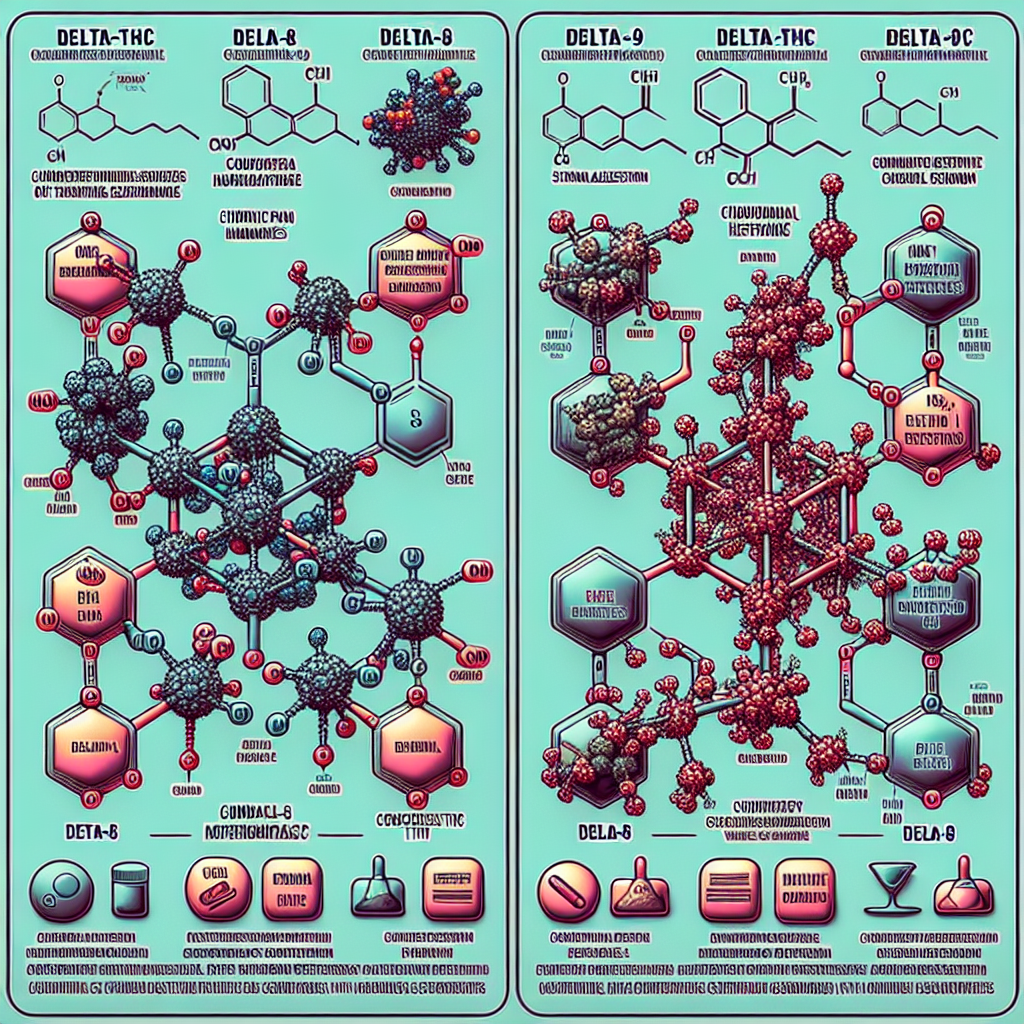Delta-8 vs Delta-9 THC: Understanding Their Medical Applications
In recent years, the cannabis industry has diversified remarkably, introducing consumers and professionals to a wide array of cannabinoids, each with unique properties and applications. Among these, Delta-8 THC and Delta-9 THC stand out as two of the most discussed compounds. While they share similarities in chemical structure and origin, their effects and medical potentials differ, raising important questions for consumers seeking therapeutic benefits and medical professionals guiding treatment protocols.
The Differences Between Delta-8 and Delta-9 THC
Delta-9 THC has long been a primary focus in cannabis research and use, known for its powerful psychoactive effects and medical applications, including pain relief, appetite stimulation, and anti-nausea effects. Delta-8 THC, on the other hand, is a relatively newer cannabinoid gaining prominence due to its milder psychoactive effects and potential therapeutic benefits, such as anti-inflammatory properties and a more tolerable experience for some users.
Delta-9 THC: The Gold Standard for Powerful Medical Applications
Research on Delta-9 THC‘s medical applications is robust and well-documented, with studies confirming its effectiveness in addressing chronic pain, reducing nausea in chemotherapy patients, and potentially offering neuroprotective and anti-inflammatory properties. However, its powerful psychoactive effects remain a concern for many patients.
Delta-8 THC: A Gentler Approach to Cannabis-Based Therapy
Comparatively, research on Delta-8 THC is still in its infancy, though promising findings suggest it may have anti-nausea, anti-inflammatory, and analgesic properties, with a milder psychoactive profile that could make it more tolerable for some patients.
Summary: Delta-8 THC and Delta-9 THC are two cannabinoids with unique medical applications. While Delta-9 THC remains the gold standard for severe medical conditions, Delta-8 THC offers a gentler approach with similar benefits, making it a viable alternative for patients who prefer milder psychoactive effects.
References:
1. The Journal of Pain
2. Annals of Internal Medicine
3. Life Sciences
4. U.S. National Cancer Institute




